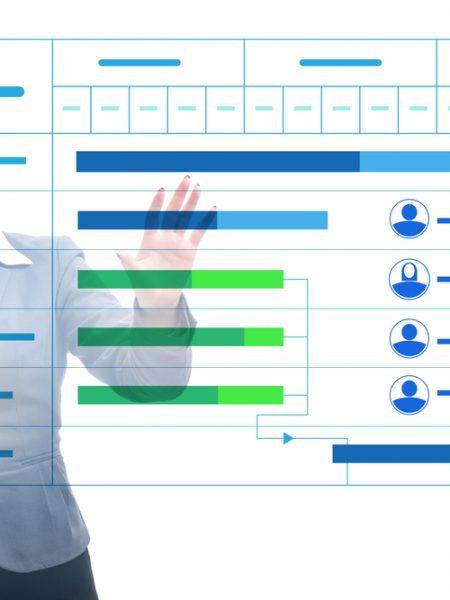Create meaningful business changes with data per il business con i dati
With the explosion of data, information exchanges and the increasing number of channels, a paradoxical point is being reached.
While information is indeed a fundamental asset, a real differentiator and a great competitive advantage, the explosion of volumes can make the Information System cumbersome and unclear, becoming an obstacle to innovation and transformation.




